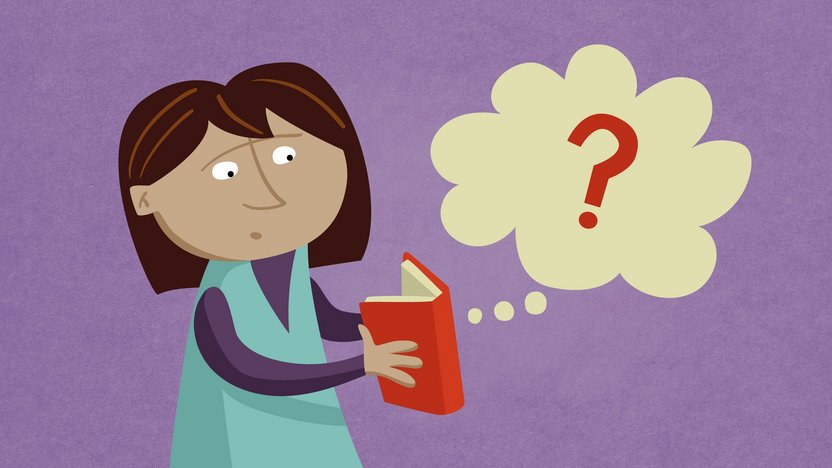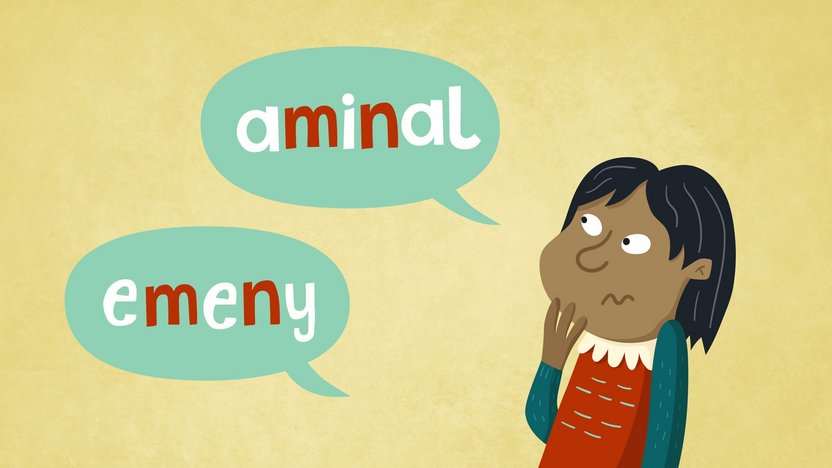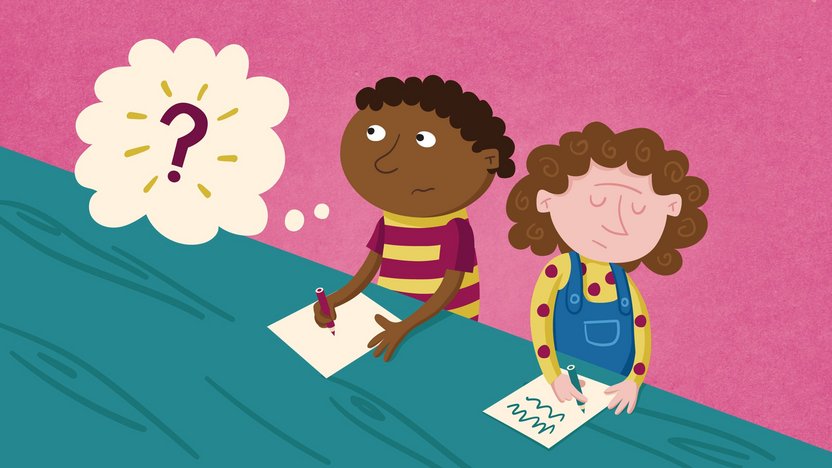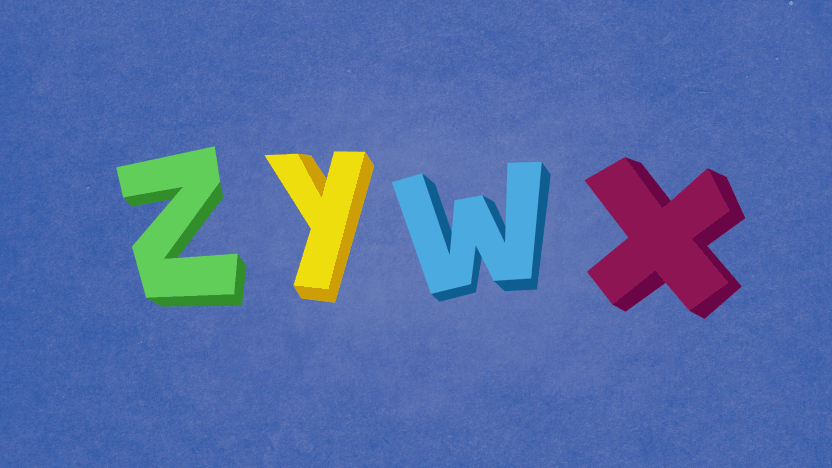Signs of Dyslexia: 8+ years
It is very important to identify dyslexia as early as possible and once identified, to change the teaching approach to one that is individualized, systematic and explicit.
If you know what to look for, then dyslexia can be identified without the need for a formal evaluation. Look out for the signs below but remember, any person with dyslexia is likely to have a mix of these difficulties:
Reading difficulties
- Losing their place and skipping lines.
- Missing out words.
- Missing off the letters at the end of a word.
- Slower reading speed.
- Immediately forgetting what has just been read.
- Not recognizing the same word that was just read a few moments before.

Spelling difficulties
- Missing out letters, especially double letters or adding extra ones, especially an ‘e’ on the end.
- Spelling a word as it sounds.
- Forgetting how to spell words that have already been learned.
- Sometimes they can memorize words long enough to pass a test, but they can’t spell those same words in a few days’ time, and can’t spell them in sentences.
- Irregular words and homophones will be particularly difficult.
- Mixing up the sequence of letters.

Writing difficulties
- Forgetting punctuation.
- Writing long, rambling sentences.
- Not noticing errors when proofreading.
- Being unable to organize all their ideas.
- Copying from the board or a book is slow and inaccurate.
- Written work will show signs of spelling uncertainty, with lots of erasing and cross-outs.
- Slow, poorly formed handwriting.
- Can’t seem to write on the horizontal lines of the page.
- Not starting at the margin and sloping off across the page.
- Not knowing how to get started.

Sequencing Difficulties
- Can’t remember their phone number, or other number sequences.
- Being unsure of the months of the year.
- Great difficulty learning times tables.
- Doesn’t know the order of the alphabet.

More signs of dyslexia
- People with dyslexia often have low self-confidence and self-esteem.
- Avoiding writing or reading aloud.
- Forgetting what they’ve been told.
- Reversing numbers and letters.
- Mixing up left and right.
- A person with dyslexia will often start math problems on the wrong side or want to carry a number the wrong way.
- Becoming exhausted by reading, writing and spelling activities.
